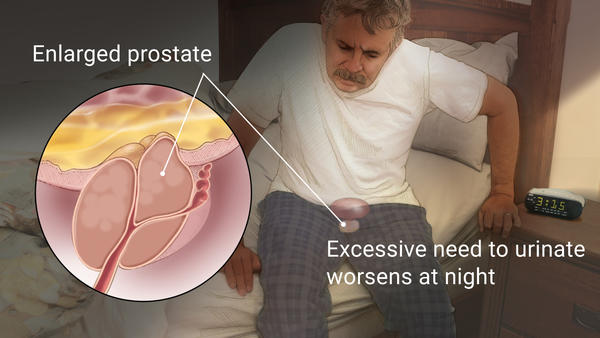Transurethral resection of bladder tumor (TURBT)
Surgery is part of the treatment for most bladder cancers. The type of surgery done depends on the stage (extent) of cancer. A transurethral resection of bladder tumor (TURBT), also known as just a transurethral resection (TUR), is often used to determine if someone has bladder cancer and, if so, whether cancer has invaded the muscle layer of the bladder wall.
This is also the most common treatment for early-stage or superficial (non-muscle invasive) bladder cancers. Most patients have superficial cancer when they are first diagnosed, so this is usually their first treatment. Some people might also get a second, more extensive TURBT as part of their treatment.
How TURBT is done
This surgery is done using an instrument put up the urethra, so it doesn’t require cutting into the abdomen. You will get either general anesthesia (where you are asleep) or regional anesthesia (where the lower part of your body is numbed).
For this operation, a type of rigid cystoscope called a resectoscope is placed into the bladder through the urethra. The resectoscope has a wire loop at its end to remove any abnormal tissues or tumors. The removed tissue is sent to a lab to be looked at by a pathologist.
After the tumor is removed, more steps may be taken to try to ensure that it has been destroyed completely. Any remaining cancer may be treated by fulguration (burning the base of the tumor) while looking at it with the cystoscope. Cancer can also be destroyed using a high-energy laser through the cystoscope.

